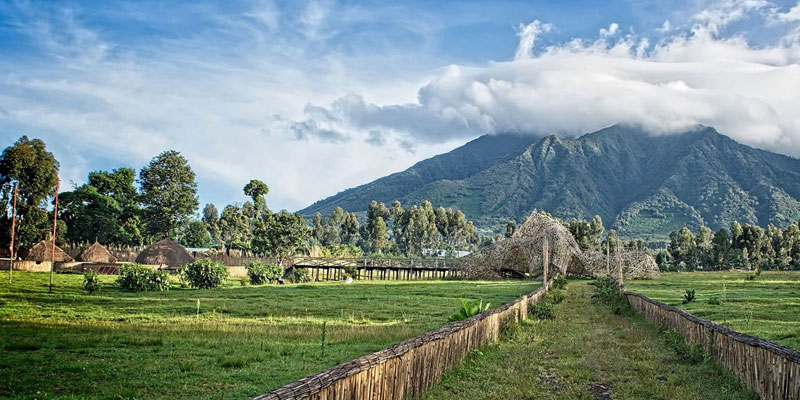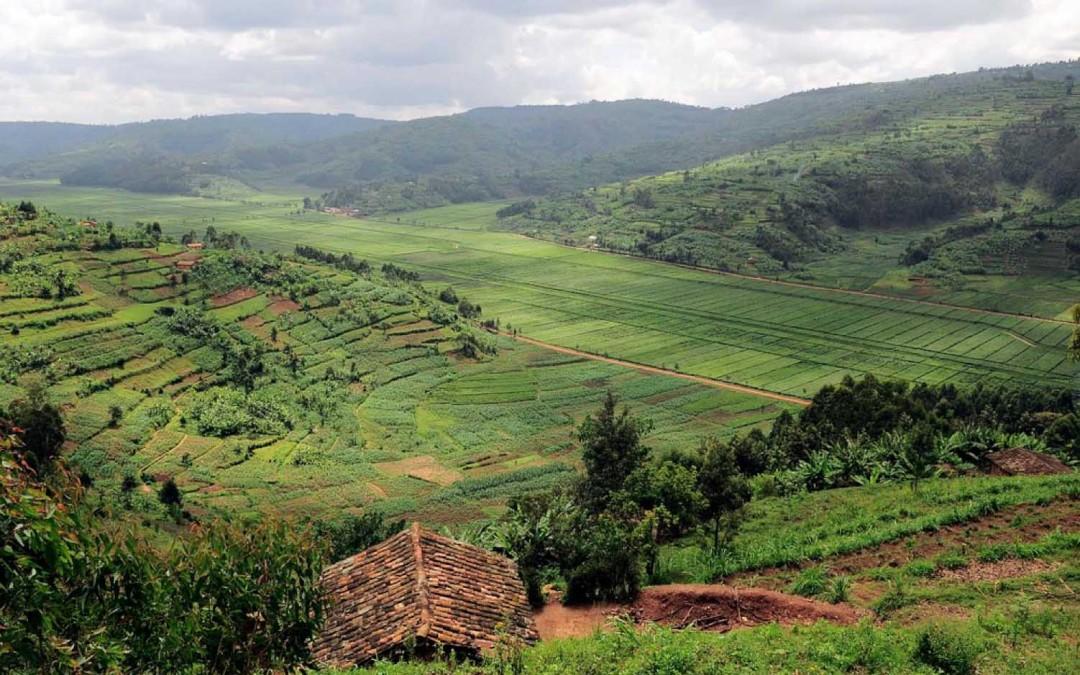Introduction:
Fiji an island nation in the South Pacific has beautiful forests and particularly good agricultural land. These two are resources crucial for the economy of the country, the environment established in the country, and most importantly the people in that country. But over the years as people advanced in agriculture, it sometimes propels the felling of trees. In this article, we will examine how Fiji handles its forests and farms and why it is crucial to maintain the balance between the two.

What Does the word forests have in common with agriculture?
Two main forms of land use that have been reported globally are forest and agriculture. While agriculture is the practice of cultivating plants and rearing animals for human consumption, forests are large pieces of land covered with trees.
Why Are Both Important?
Conservation of forests is important because they play different roles like filtering air supporting wildlife and preventing floods. While on the other hand, agriculture gives us food, clothes, and other materials we require. The issue comes in when farms grow larger and when they cut down trees to open up more land for agriculture or grazing lands. This is why, people try to look for a solution on how to produce food to feed the ever-increasing population and also conserve the forests.
In as; awns, the following presentation will explain how agriculture leads to deforestation, beginning with the following sub-topics;
If individuals cut trees to cultivate crops it is referred to as deforestation. Deforestation can cause social issues as it has consequences on the wildlife and environment since trees remove carbon dioxide from the environment. Nevertheless, there are techniques on farming that are accompanied by environmental conservation: the use of trees in farming areas (agroforestry), or changes of crops in the same area (conservation agriculture).
Fiji’s Forests and Agricultural Land:
Consequently, Fiji is a nice country with a tropical forest that is estimated to be 60 percent of the country’s nature. They include many types of plants and animals and give important services for the conditions. Farming on the other hand constitutes one of the major business activities that take place in Fiji. But as the demand for lands for cultivation increases then forests are exploited giving way for crops such as sugarcane or fruits.
Why are Fiji’s forests important?
The forests are important in supporting wildlife, avoiding soil erosion, and regulating water rationing in Fiji. They also have the function of controlling the climate. Lacking the healthy forest, agriculture in Fiji might be a much tedious task, the nature of the soil would be understood differently and water availability could also be a challenge.
The Growing Demand for Agricultural Land:
The agricultural industry in Fiji is significant for many reasons because it offers food for many populace and employment. But whenever there is increased demand for products such as sugarcane and tropical fruits in order to expand the farmland, deforestation is the end product. This places pressure on the forests which are so crucial for preserving the health of an ecosystem.
The Challenge: A Harmonized Course between Agriculture and Forest Conservation
The problem for Fiji is therefore how to advance its agricultural base without harming its forests. Because farming goes on consuming natural resources without preserving the forests it may bring negative effects on our environment and it will become difficult for farmers to cultivate crops in the future.
What Measures Does Fiji Have In Place To Achieve Both Agriculture And Forest Conservation?
Yet there is a challenge as to how Fiji can develop land for Agricultural production without depleting forests. That only goes to show that practicing sustainable agriculture does not only avail protection for agriculture but for the environment as well. This is important for the destiny of our u. S . A ..
Why are forests important for farming?
Fiji’s forests therefore assist farmers by maintaining the quality of the soil and checkpointing the aspect of soil erosion. Healthy forests also supply clean water with which crops are irrigated and various other products on which man depends. If forests are cut down it would leave it very difficult to farm and badly affect the economy of the country.
When Is Land Cleared for Farming?
If forests are cut down for agriculture, there are consequences. It results in habitat destruction and makes developing soil easily erode during rain. When trees are not around to balance the supply of water or lack of it, the specific issues are flooding and the dry seasons.
Sustainable Farming Practices:
Some methods can be used to farm, and still have so many plants acting as shields for the forests. For instance, integrated production systems such as growing trees together with crops, are called agroforestry. This way the soil is protected, water is saved, and more diversity of flora and fauna is provided. Other practices include conservation agriculture in which the intention is to cause minimal harm to the land on which the crops are grown such as crop rotation.
Challenges to Forest Conservation in Fiji:
As it is with any other country Fiji is faced with a number of hurdles when it comes to the conservation of forests. These are challenges such as; pressure from buyers to produce more food acreage, deforestation, and other issues fueled by climate alteration. To achieve this the following challenges must be met to enable Fiji’s forests to be healthy and the land available for farming.
Deforestation for Agriculture:
With the growth of market demand for agricultural produce, there is a continued destruction of forest lands to expand areas under cultivation. This leads to deforestation, which we know for sure has a damaging effect on the environment by eradicating several species and exposing the ground to the fury of erosion.
Illegal Logging:
Another issue that Fiji has, regarding logging is unlawful logging, which means trees are felled without proper authorization, or contrary to the law. This is disastrous to the forest and it contributes to more land degradation.
Climate Change and Its Impact on Forests:
This way, climate change is a fact experienced currently where the pattern of weather is becoming difficult to predict. This connection in Fiji has been characterized by some storms and shifts in the precipitation regime that threaten the destruction of the forests and the ability of many of them to recover. This also impacts the agriculture process by complicating the issue of how, and when there will be rainfall.
Overusing Forest Resources:
Fijian needed forests for timber and fuelwood as well, and the country exported low levels of both sawn and unpainted marine and construction plywood to Australia and New Zealand in the mid-1990s. They should not be used with much intensity, without replacing them because over time it will affect the ecosystem of the forest. It requires that the society continues to benefit from the forest resources hence the need to use this resource proactively.
FAQ’s:
1. Various agencies have presented viewpoints regarding the percentage of Fijian territory covered by forests today.
About 60 percent of Fiji’s total ground space is considered forest cover which also encompasses tropical rainforests and other types of forest. Will also surprise people and remind them how threatened these important ecosystems for sustaining species, regulating climate, and managing water are.
2. Relationship between agriculture to forest conversation in Fiji?
Where farming develops in Fiji, there is likely to be a disappearance of the forest cover as this is cleared for farming activities. This triggers a decline in generic richness and also derails key ecosystem services such as carbon storage as well as nutrient conservation.
3. Primary threats to Fiji’s forest include:
Major factors causing the decline of Tiji’s forests are; Illegal sources of logging, non-sustainable land usage, growing agriculture business, and the cisive effects of climate change. They result in forest degradation and hence cause loss of biological diversity.
4. Can agroforestry be the solution to the conflict between agriculture and forest conservation in Fiji?
Assuredly, agroforestry describes a process of establishing trees either within or around a field of cultivation, with environmental advantages, being acts such as building up of fertility, check-point on erosion, and improvement on the variety of life. Appropriate use of the exposed area can relieve the pressure put on the forests without compromising agricultural production.
5. What structural measures are there that guard Fiji’s forests from destruction?
Fiji has put various policy measures on the floor such as; the National Forest Policy, and places measures to practice sustainable forest management in order to guard forests. As such enforcement and more so increasing the participation of the larger community still proves a challenge.
Conclusion:
Forests and agricultural Production land are both important to the future of Fiji. The solutions for Fiji are rather simple: there must be a way to cultivate Food and secure the Forest, so that on the one hand the country does not lose the opportunity to develop its economy, and on the other, natural resources are not irretrievably destroyed. To help farmers practice sustainable farming, and for agriculture and forests to coexist, the following sustainable farming methods: agroforestry, and conservation farming systems should be adopted. Farmers, politicians, and business people, all need to come together to preserve such valuable resources for future generations.

